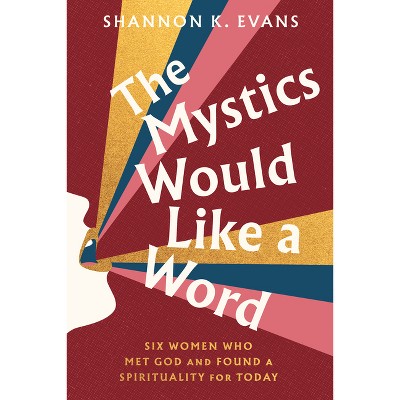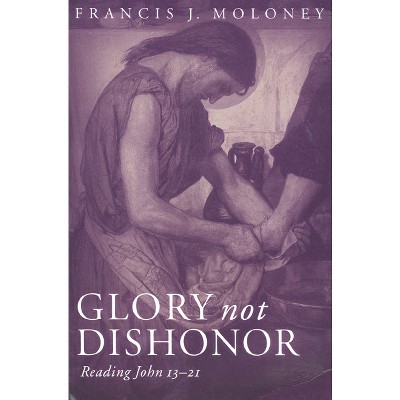$245.99 when purchased online
Target Online store #3991
About this item
Highlights
- Word and Glory challenges recent claims that Gnosticism, especially as expressed in the Nag Hammadi tractate Trimorphic Protennoia, is the most natural and illuminating background for understanding the Prologue of the Fourth Gospel.
- About the Author: Craig A. Evans (Ph.D., Claremont) is Payzant Distinguished Professor of New Testament, Acadia Divinity College Wolfville, Nova Scotia, Canada.
- 250 Pages
- Religion + Beliefs, Biblical Studies
Description
About the Book
Word and Glory challenges recent claims that Gnosticism, especially as expressed in the Nag Hammadi tractate Trimorphic Protennoia, is the most natural and illuminating background for understanding the Prologue of the Fourth Gospel. Scriptural allusions and interpretive traditions suggest that Jewish wisdom tradition, mediated by the synagogue of the diaspora, lies behind the Prologue and the Fourth Gospel as a whole, not some form of late first-century Gnosticism. Several features of the Fourth Gospel reflect the synagogue and nascent Christianity's struggle to advance and defend its beliefs about Jesus who, as God's son and Agent, was understood as the embodiment of the Divine Word. All of the ingredients that make up Johannine christology derive from dominical tradition, refracted through the lens of Jewish interpretive traditions. There is no compelling evidence that this christology derived from or was influenced by gnostic mythology. Word and Glory also develops and tests criteria for assessing the relative value of post-New Testament sources for the interpretation of New Testament documents.Book Synopsis
Word and Glory challenges recent claims that Gnosticism, especially as expressed in the Nag Hammadi tractate Trimorphic Protennoia, is the most natural and illuminating background for understanding the Prologue of the Fourth Gospel. Scriptural allusions and interpretive traditions suggest that Jewish wisdom tradition, mediated by the synagogue of the diaspora, lies behind the Prologue and the Fourth Gospel as a whole, not some form of late first-century Gnosticism. Several features of the Fourth Gospel reflect the synagogue and nascent Christianity's struggle to advance and defend its beliefs about Jesus who, as God's son and Agent, was understood as the embodiment of the Divine Word. All of the ingredients that make up Johannine christology derive from dominical tradition, refracted through the lens of Jewish interpretive traditions. There is no compelling evidence that this christology derived from or was influenced by gnostic mythology. Word and Glory also develops and tests criteria for assessing the relative value of post-New Testament sources for the interpretation of New Testament documents.About the Author
Craig A. Evans (Ph.D., Claremont) is Payzant Distinguished Professor of New Testament, Acadia Divinity College Wolfville, Nova Scotia, Canada.Dimensions (Overall): 8.78 Inches (H) x 5.66 Inches (W) x .69 Inches (D)
Weight: .85 Pounds
Suggested Age: 22 Years and Up
Number of Pages: 250
Genre: Religion + Beliefs
Sub-Genre: Biblical Studies
Publisher: Continnuum-3PL
Theme: New Testament, General
Format: Hardcover
Author: Craig A Evans
Language: English
Street Date: November 1, 1993
TCIN: 1003739086
UPC: 9781850754480
Item Number (DPCI): 247-10-7041
Origin: Made in the USA or Imported
If the item details above aren’t accurate or complete, we want to know about it.
Shipping details
Estimated ship dimensions: 0.69 inches length x 5.66 inches width x 8.78 inches height
Estimated ship weight: 0.85 pounds
We regret that this item cannot be shipped to PO Boxes.
This item cannot be shipped to the following locations: American Samoa (see also separate entry under AS), Guam (see also separate entry under GU), Northern Mariana Islands, Puerto Rico (see also separate entry under PR), United States Minor Outlying Islands, Virgin Islands, U.S., APO/FPO
Return details
This item can be returned to any Target store or Target.com.
This item must be returned within 90 days of the date it was purchased in store, shipped, delivered by a Shipt shopper, or made ready for pickup.
See the return policy for complete information.












